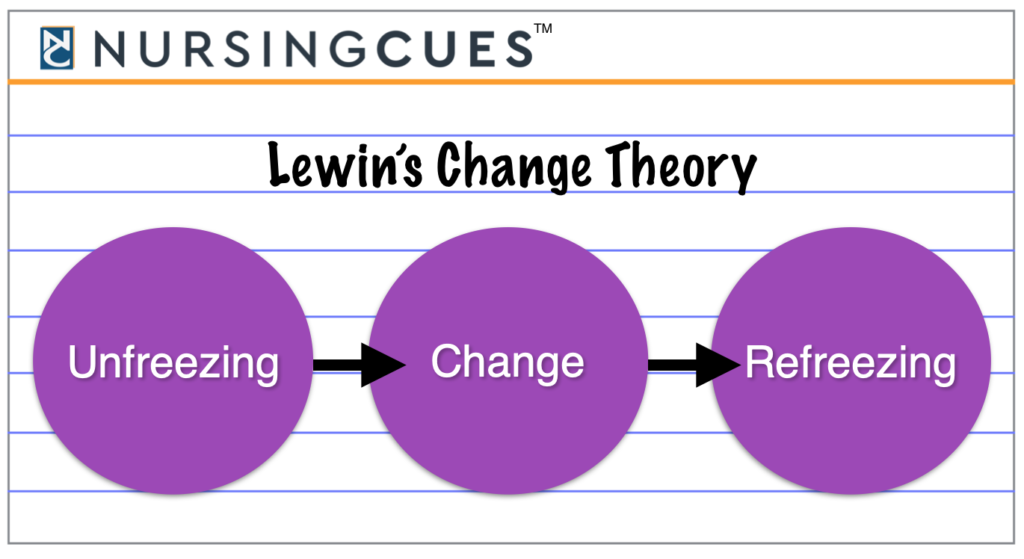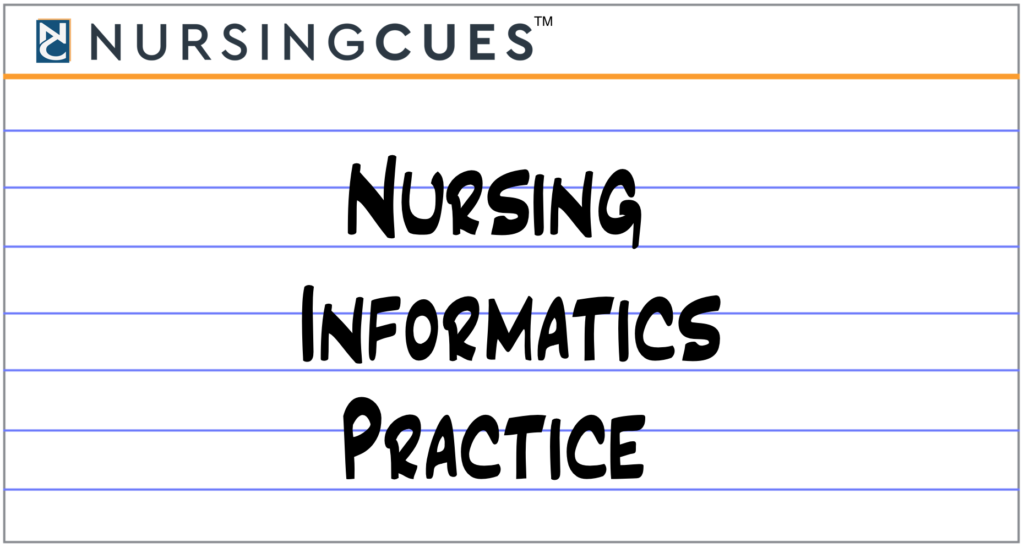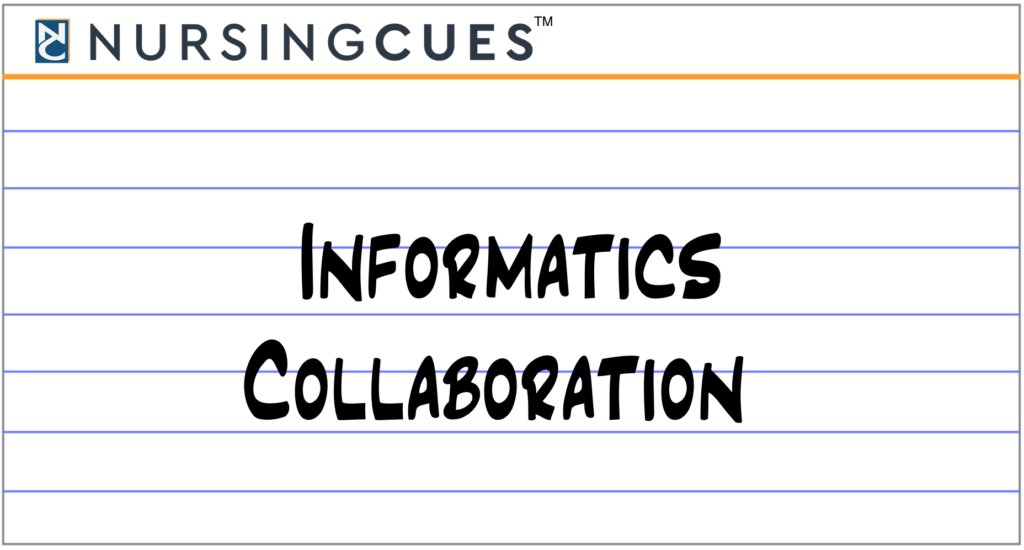
Let’s face it, no one likes change. Nurses like routines because it is familiar and we know how to address problems when they arise. However, when any change in a process occurs it can cause a lot of stress for nursing staff. This is why it is important to pay close attention to details affecting direct care nurses when implementing a change. When done carefully, it is possible to introduce a new process and make a nursing impact using change theory. Keeping the following points in mind can help ease the burden nurses endure when a change in
Change Theory Basics
Understanding change theory can help nurses adjust to a new process. One of the most widely used in nursing is Lewin’s Change Theory. The Canadian Journal of Nursing Informatics did a great job explaining how Lewin’s Change Theory applies to informatics practice. The theory basically has 3 phases that include unfreezing, the change, and refreezing.
- The unfreezing phase occurs when you identify the process that needs to be changed and take steps to prepare for the new process.
- The change happens when the new process is initiated and nurses begin to use it.
- The refreezing phase is seen when the new process becomes the new normal process.

Applying Change Theory
An example of this theory in action can be seen when an electronic health record is updated:
- The unfreezing occurs when the software changes that will impact nurses are identified and planning begins on how to prepare nurses for the upgrade.
- The change happens when the upgrade is implemented and nurses are required to navigate through the newly updated electronic health record.
- The refreezing is seen when the nurses begin to acclimate to the new upgrade components, their confidence with the upgraded software continues to grow, and the change becomes the new normal.
Dividing the change process in 3 phases allows you to take a step back and see the big picture. It provides you the needed road map to help determine where you are in the change process and gives you an opportunity to focus resources on the biggest challenges of the change. Looking at the change through the eyes of a theory can also assist in the development of an effective planning strategy and help the nurse in an informatics role prioritize tasks within the project.
I found that Lewin’s Change Theory can be applied in many circumstances and projects. However, other change theories in nursing are available that may be better suited to your specific project. Using a change theory provides the framework needed to focus your resources. This allows you to work smarter while saving your time and energy.
Assessing Nursing Staff Culture
To make a nursing impact using change theory, evaluating the culture of your nursing staff can help direct your efforts to where it is most needed. When you evaluate the personalities and dynamics of the nursing staff who will undergo the change, you can make specific plans tailor made for the culture found on your unit or floor. Assessing the aptitude and attitude toward change is a helpful starting point. Areas to consider include:
- Aptitude
- How proficient is staff with the current process?
- Does the benefit of the change outweigh the staff pain of the implementation?
- Is the staff savvy enough to adjust to a change? How would they react?
- Attitude
- When was the last time a change was implemented?
- Are there champions or staff that are cheerleaders for the change?
- How is the morale of the nursing staff?
Tailoring Activities to Nursing Staff Culture
There are countless other questions that can be asked during this process. The idea is to ask direct and frank questions about how the change will honestly impact the nursing staff. Once completed, you can devise tools and take action to address the culture found on the floor or unit. For example:
- If staff culture is not proficient with technology, take the time to create user friendly teaching materials that use more pictures than words.
- If morale is low, do something special for staff or take the time to acknowledge their effort and stress. Recognition and acknowledgement can go a long way.
- If the new change requires more clicks, highlight how it will benefit nursing staff to justify the change and enhance acceptance.
The importance of looking at the nursing staff culture you are working with cannot be understated. Culture on the nursing floor or unit impacts change and focusing your attention to those needs is critical. Much like nurses must assess where patients are with receiving education, the nursing informatics role should be able to assess staff culture and accommodate for those needs. Without considering the direct care nursing perspective, change projects may not realize their full potential benefits.
Give Meaning to the Change
In nursing school, we were taught to have a rationale for every nursing diagnosis. This helped us understand how to justify nursing interventions and was an important part of our clinical education. As a result, do not be afraid to share change benefits with staff or how the new process will improve nursing care. When you do this, you create a partnership with staff and it helps them understand their role in the big picture. This assists in comprehending why the change is needed.
Have you ever been told to do something without being given a reason? It sometimes leads to feelings of resentment, being undervalued, and/or animosity. Taking the time to include nurses on the big picture creates meaning for the change while fostering a positive relationship between nursing leadership and direct care nursing staff.
Final Thoughts
Considering the needs of direct care nurses is critical to
To receive notifications when more nursing informatics articles are posted, sign-up for the Nursing Cues Newsletter here.






